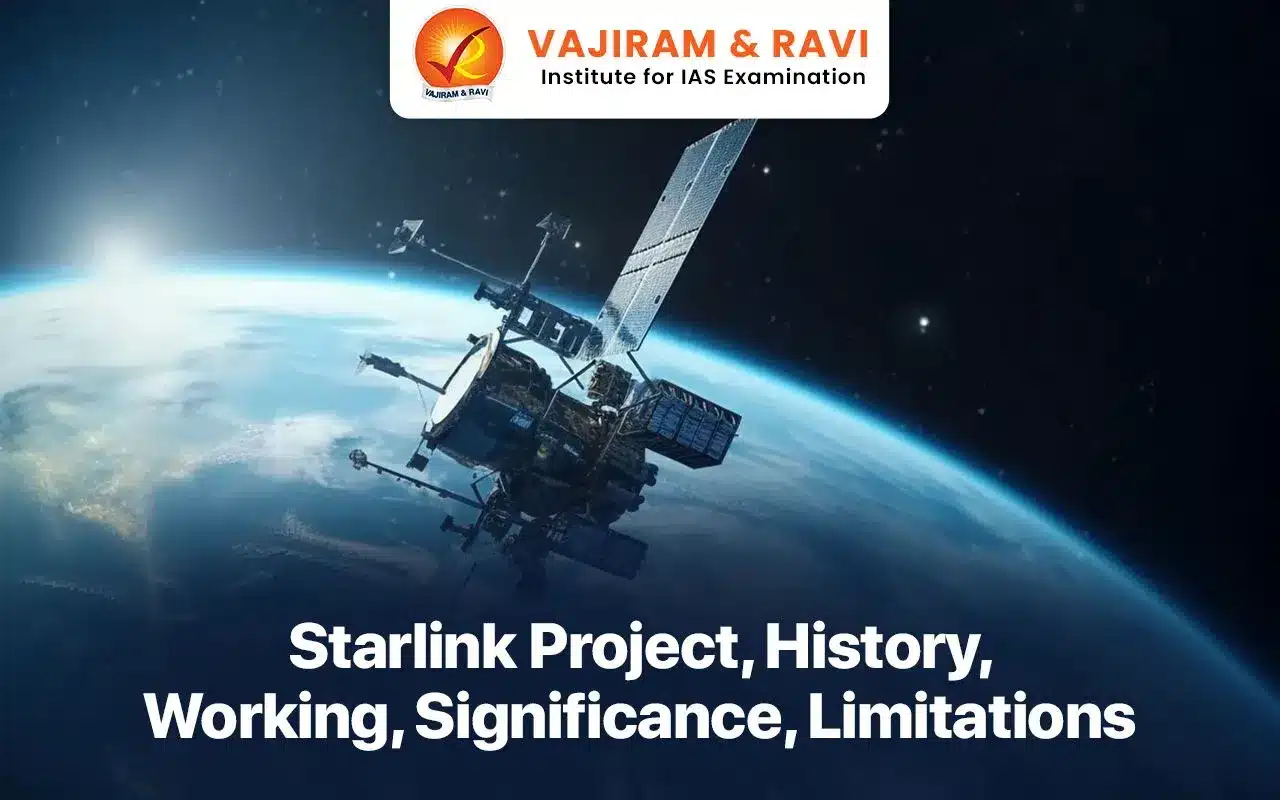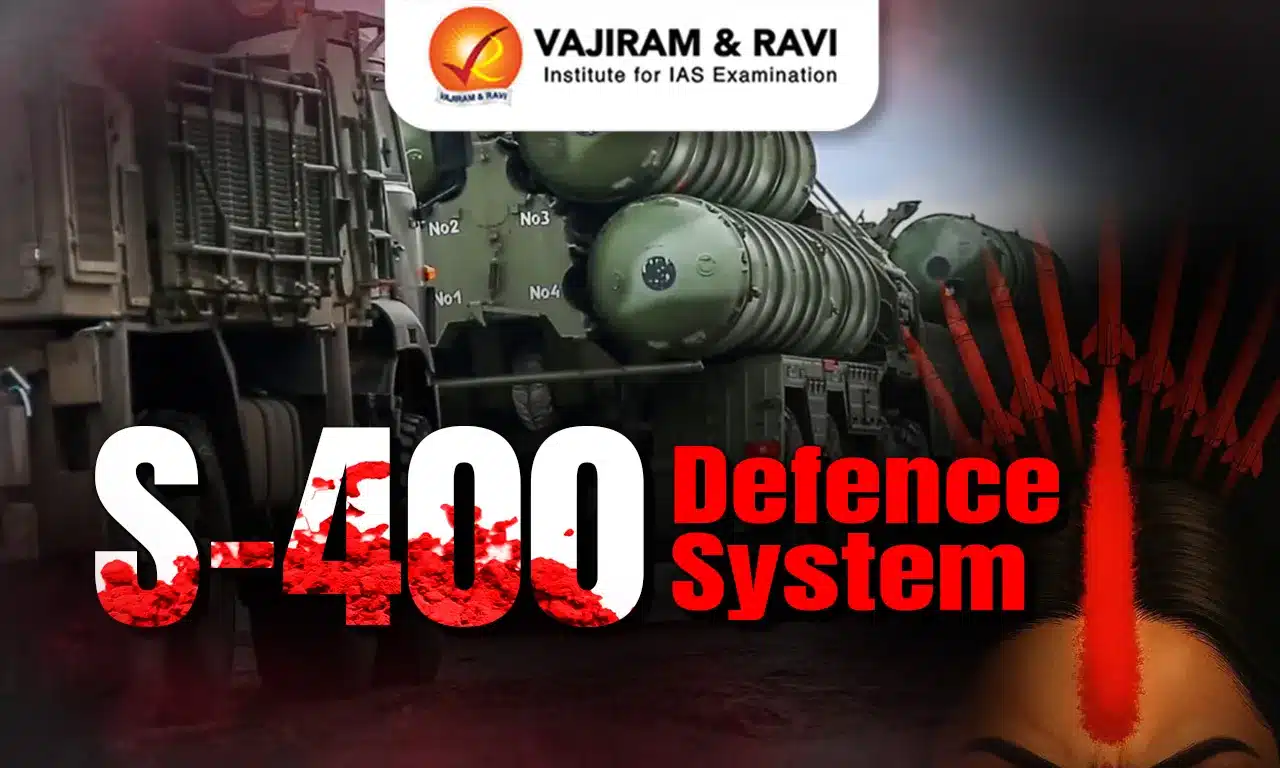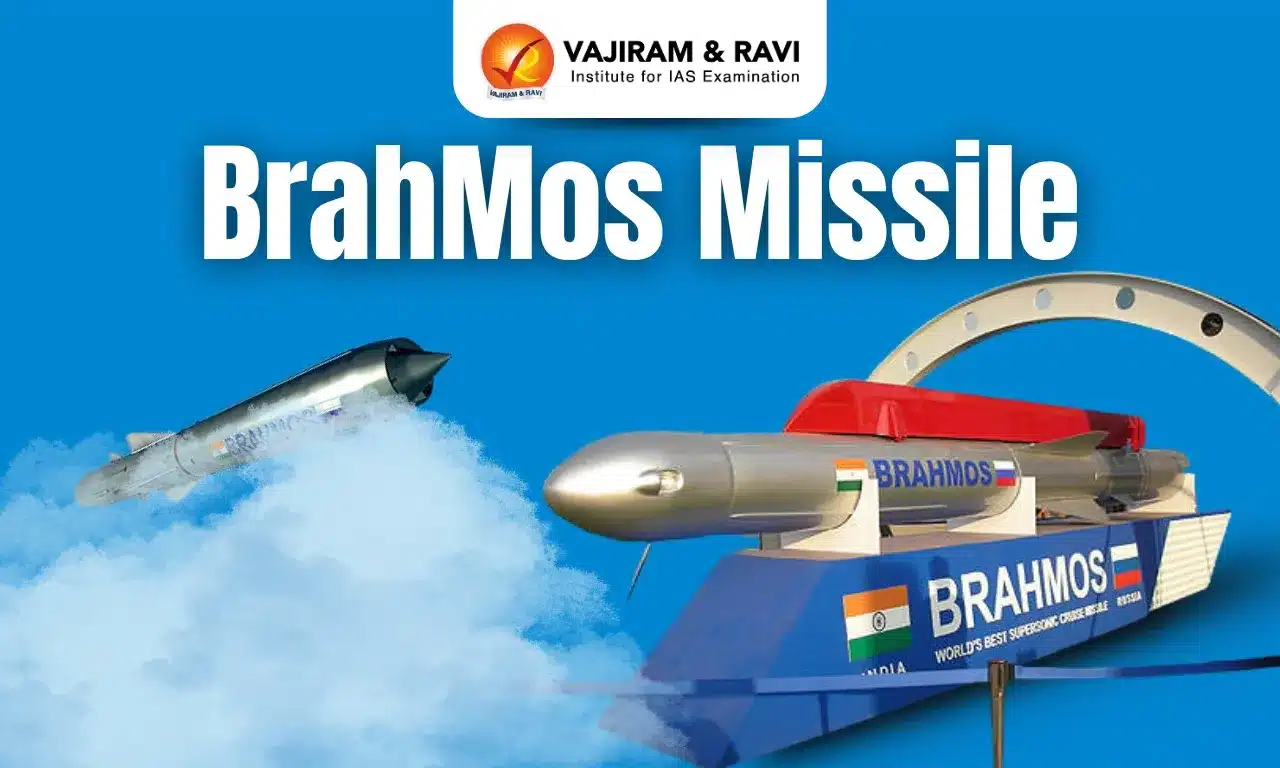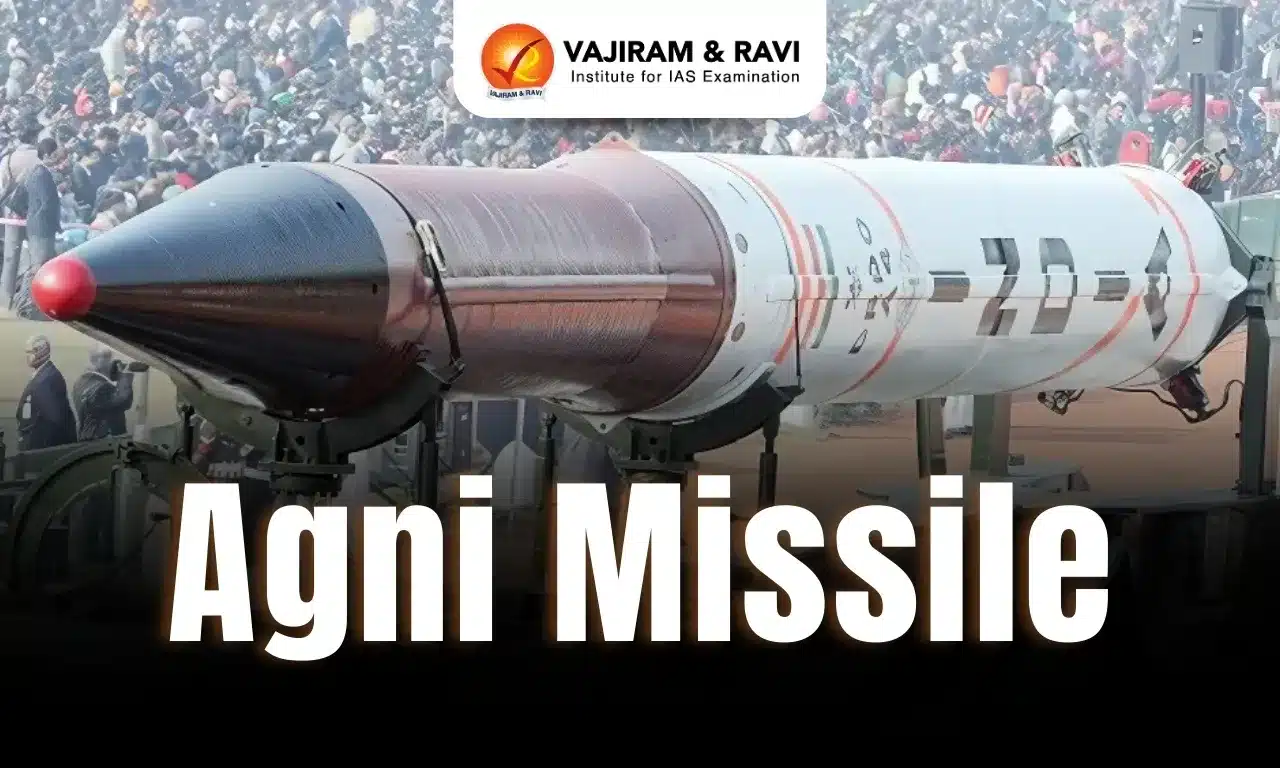Starlink is the name of a satellite network developed by SpaceX, a private company, to provide high-speed internet access anywhere on the planet through a constellation of satellites in Low Earth Orbit. Among its competitors are the OneWeb satellite constellation, the Chinese national satellite internet project, and Amazon’s Kuiper Systems.
Starlink is intended to provide broadband services that are faster, cheaper, and more reliable than existing options, particularly in rural and remote areas where connectivity is limited or non-existent. Currently, it is in the trial phase, providing coverage to a number of countries and also aiming to provide a global mobile phone to all.
Starlink Project History
SpaceX’s satellite internet proposal was announced in January 2015. To help achieve its Mars colonization vision, SpaceX hoped to capture part of the estimated $1 trillion global internet connectivity market.
- Launching: In February 2018, SpaceX launched its first two Starlink test craft, TinTinA and TinTinB.
- The first 60 Starlink satellites launched in May 2019 aboard a SpaceX Falcon 9 rocket.
- Commercial service: Since 2021, Starlink has been taking the pre-orders of many countries to provide internet services.
- Currently, internet services are being provided to over 60 countries on a limited scale and many are in the deliberative stage.
- Future goal: The Starlink project is working on the satellite cellular service with the capabilities of “Direct to Cell,” providing access to calling, texting, and browsing for LTE phones at any location – on land and in water, even in dead zones.
- It will also connect IoT devices.
Starlink Satellites Working Mechanism
Starlink delivers internet services using a vast network of satellites that are placed in Low Earth Orbit, to maximise connection speed between the satellites and the ground.
- Low Earth Orbit: Unlike traditional satellite internet, which relies on a single geostationary satellite that orbits 35,786 km above the Earth, Starlink satellites fly much closer to the surface, at about 550 km, reducing the latency and increasing the bandwidth of the connection.
- Satellites: To increase capacity, each satellite employs four phased array antennas and two parabolic antennas.
- A Starlink satellite has a five-year lifespan.
- Advanced technologies: Starlink satellites communicate with each other and with ground stations using advanced technologies such as optical space lasers, ion propulsion systems, and self-orienting antennas.
- Mega-constellation: The satellites are launched in groups of 60. SpaceX hopes to eventually have as many as 42,000 satellites to cover the entire globe and offer truly universal internet access.
Starlink Project Significance
Starlink aims to deliver global internet coverage and is expected to launch its services in India too. The company has written to the Telecom Regulatory Authority of India to facilitate approvals to use satellite technology for internet access in remote areas.
- Coverage: Starlink is ideal for areas where connectivity has been unreliable or non-existent and aims to provide global internet coverage.
- High Speed and low latency: Speeds are said to be much faster in rural areas for many users when compared to local options, though this varies by region. Users can expect download speeds of 100 Mb/s to 200 Mb/s and latency as low as 20 ms in most locations.
- Wider applications: People across the globe are using Starlink to gain access to education, health services, and even communications support during natural disasters.
- A useful resource in Emergencies: Starlink can be deployed in a matter of minutes to assist emergency responders in disaster scenarios because it is not limited by traditional ground infrastructure.
- For example:SpaceX and the U.S. Agency for International Development had jointly delivered about 5,000 Starlink terminals to Ukraine, which became a vital piece of Ukrainian communications infrastructure throughout the ongoing Russian invasion.
Starlink Project Limitations
Starlink aims to offer faster and cheaper broadband service but this advantage also comes with some limitations, which include:
- Impact on Astronomy: Astronomers are concerned that the launch of thousands of satellites will disrupt the natural beauty and balance of the night sky, because these low-orbiting satellites are highly visible and reflective, causing bright streaks across the dark sky. This interferes with astronomical observations.
- DarkSat: SpaceX tested an experimental satellite called DarkSat, which uses a darkened phased array and parabolic antennas to reduce brightness by around 55%.
- Astronomers have confirmed that Darksat is about half as bright as an unpainted Starlink.
- Risk of Collision: The launch of satellites in large numbers could result in collisions.
- The European Space Agency announced in 2019 that it had directed its Aeolus satellite to undertake evasive maneuvers in order to avoid colliding with “Starlink 44,” one of the mega constellation’s first 60 satellites.
- Space debris: Debris generated by satellite malfunctions has the potential to collide with other satellites in space, including the International Space Station (ISS).
- A collection of 42,000 satellites can also result in a large amount of space junk, which could hinder future space research.
Last updated on April, 2025
→ UPSC Notification 2025 was released on 22nd January 2025.
→ The UPSC Vacancy 2025 were released 1129, out of which 979 were for UPSC CSE and remaining 150 are for UPSC IFoS.
→ UPSC Admit Card 2025 is released now for CSE Prelims Exam 2025.
→ The UPSC Prelims 2025 is scheduled to be conducted on 25th May 2025 and UPSC Mains 2025 will be conducted on 22nd August 2025.
→ Apply once through it and aspirants can apply for various government exams conducted by UPSC.
→ The UPSC Selection Process is of 3 stages-Prelims, Mains and Interview.
→ UPSC Result 2024 is released with latest UPSC Marksheet 2024. Check Now!
→ UPSC Toppers List 2024 is released now. Shakti Dubey is UPSC AIR 1 2024 Topper.
→ Also check Best IAS Coaching in Delhi
Starlink Project FAQs
Q1. What is the Starlink Project?+
Q2. Are Starlink services available in India?+
Q3. What is the significance of Starlink for India? +
Q4. What is the speed of Starlink?+
Tags: quest starlink project
















